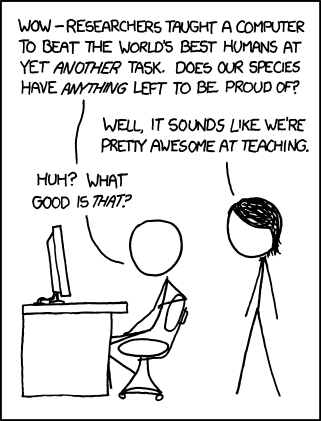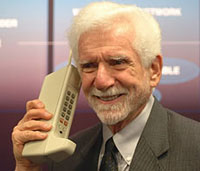I thought I would start with something that every one uses and it seems that nobody really understands;
The Internet
 |
| opte.org |
Webpages:
When you visit a website you are requesting information. The information being requested is spread all around the world. Everything on the internet is stored somewhere in some internet code (HTML, CSS, Ajax, Javascript, etc) that the browser must translate. This storage place is known as servers. Web hosting companies sell server space to people to store their web pages on their servers. When you type in a web address you are requesting that page of code, your browser then translates that code into something you can read and understand.
The Browser:
Everyone has their preferred browser. Whether it be Internet Explorer (IE), Firefox, Chrome, or some other browser they all are doing the same general thing when you visit a website. They translate the code that the computer understands into text, images and videos that you can read and view. You can check out the code your browser is translating by doing the following: If you are in Firefox or Chrome press CTRL+U, if in IE go to Page>View Source. Early web-pages were composed entirely of this code. Your browser is able to read this code and create the pages you view.
The Web Address:
When you type in a web address such as http://www.digitalnativeteacher.blogspot.com you are contacting the DNS (Domain Name System). This is a collection of names that hosts like GoDaddy, Network Solutions and NameCheap sell to users. These names link to an IP address, which is the actual location of content you are trying to access. The simplest way to explain why DNS is used is to think about your own name. Imagine if instead of being able to remember all of your friend's names you had to identify them by their phone numbers alone. You can see how that would be confusing. An IP address is a set of numbers that acts not unlike your phone number. It tells the browser where it is sending the information request to, and if the connection is successful it sends the requested information back. Try typing 74.125.43.147 into your browser and seeing what happens. Even without the actual domain name you still arrive at the destination. The DNS just makes it easier to remember.
This is just a basic overview of how the internet works. If you are interested check out the links below for a more in depth look at how the internet works.
http://computer.howstuffworks.com/internet/basics/internet-infrastructure.htm
http://www.makeuseof.com/tag/internet-works-infographic/
http://www.youtube.com/watch?v=7_LPdttKXPc





















